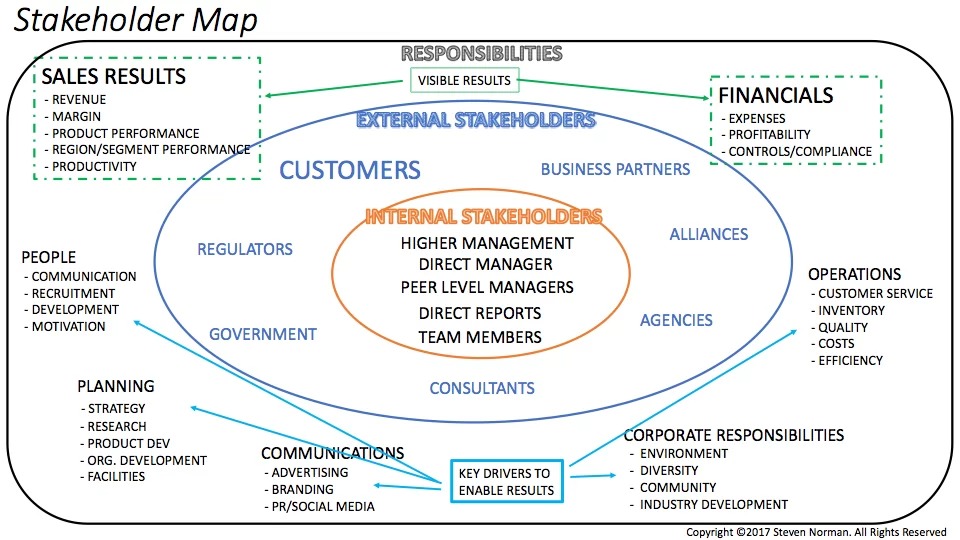
Sprint versus Marathon: Managing Pressure as a Modern Executive
The huge focus on this quarter’s results. The long hours and relentless pressure of walking a tightrope among conflicting interests. Intense back-to-back meetings. A hectic travel schedule and working away from home for extended periods. The unholy early mornings combined with frequent late nights. Incoming urgent issues and top-down requests that need attention. Challenges and conflicts with other functions, between functions or with headquarters. Dealing with dramatic changes in the external environment. Fighting a losing battle against email and time management, yet there is still a tremendous amount of work to be done.
A seasoned business leader in Asia-Pacific for many years, I have firsthand experience of what it’s like to manage a complex business in a demanding industry. The pressures of being a senior business leader are enormous and come at you from every direction. You either learn to control it or it controls you… and your organisation.
The quarterly treadmill
Front and centre is the ever-present pressure to make the numbers. Companies, especially in the U.S., are driven by the quarterly Wall Street reporting cycle, producing a huge intensity and focus on the current quarter’s results from the top all the way down.
This can become all-consuming for a business leader with demands to be involved in every major deal, following up with sales leaders multiple times per day, dropping everything to meet customers near to making a vital decision, completing frequent forecast reviews, and reporting upwards on every twist and turn in the month.
On top of that, senior managers are accountable to deliver against a slew of functional metrics and corporate initiatives. If you are part of a multinational company, then you have many stakeholders to satisfy, as well as multiple matrix reporting lines. Below is an example of a stakeholder map and, to be truly effective, we need to be addressing all of the key groups. You also need to be driving the strategy, keeping your teams aligned, as well as managing the day-to-day business. This type of complexity can apply to any number of leadership roles, whether you are running a function within a company, you are head of a country or regional organisation, or you are the CEO.

Finally, once the quarter is finished and you’re all done and dusted, you can take a deep breath… before you’re off again on the quarterly treadmill. The notion of Groundhog Day has never been truer for the modern business executive.
Sprint versus marathon
Many business leaders are in this unsustainable loop and headed for burnout fast. They feel alone, harassed and burdened by the herculean task at hand. What’s more, they could also be burning out their teams, resulting in increased staff turnover and an unhealthy, unsustainable business.
It’s therefore critical to get the balance right and the most successful leaders are the ones who find a way to manage driving the current results with a portion of their time, backed by the necessary intensity and urgency, but operating through a more structured and efficient management system that addresses all of this. This system needs to be alive and evolving in response to constant changes in the business and the external environment. These effective leaders then carve out time to take care of the functions and issues that will continue to deliver the positive results.
The graphic above is an example of a stakeholder map for a senior executive and the wide range of responsibilities they typically have to manage. We all know there is huge visibility and focus on the Sales and Financial results and, as I mentioned above, this is, and should be, front and centre. But we won’t be able to deliver these results sustainably unless we invest time and effort in the key drivers of our results. In the above example, those drivers include activities around People, Planning, Communications, Operations and Corporate Responsibility.
While some see the quarterly cycle as a series of sprints, I prefer to treat it as a marathon – a level of complexity and responsibility that can be managed over the longer-term with a structured and holistic approach.
Managing pressure at the top
There are certain behaviours I have observed in effective leaders of complex organisations that help them manage the pressures at the top. As someone who has led several organisations at the international level, I also practice the following key principles with a focus on the marathon approach, not the quick sprint, including:
- Have a clear set of priorities. Ingrain and communicate these frequently, and have standard presentations for use with internal and external stakeholders.
- Drive the day-to-day business and near-term results through an effective business management system. Have clear early warning systems to identify impending problems and deep-dive, where needed, for course correction.
- Align towards core processes wherever it makes sense and identify initiatives that can reduce complexity. Simplify, but don’t oversimplify.
- Develop leadership and delegate authority and responsibility where possible.
- Align all functions and teams across the organisation. Everyone should understand where they fit into the overall plan and priorities, and communicate this frequently.
- Personally involve yourself in key initiatives, especially ones that require cross-functional support and organisational change.
- Plan your travel to have maximum impact with staff and external stakeholders.
Modern organisations are complex, intricate beasts. The bigger they are, the harder and more stressful it is to get things done. The pressures mount and the quarterly cycle goes on. It can feel like an unrelenting and intense pressure cooker of an environment, which is why it’s important to manage the pressures as you would if you ran a marathon, rather than focus on the quick sprint. Then the next sprint. And the sprint after that.



